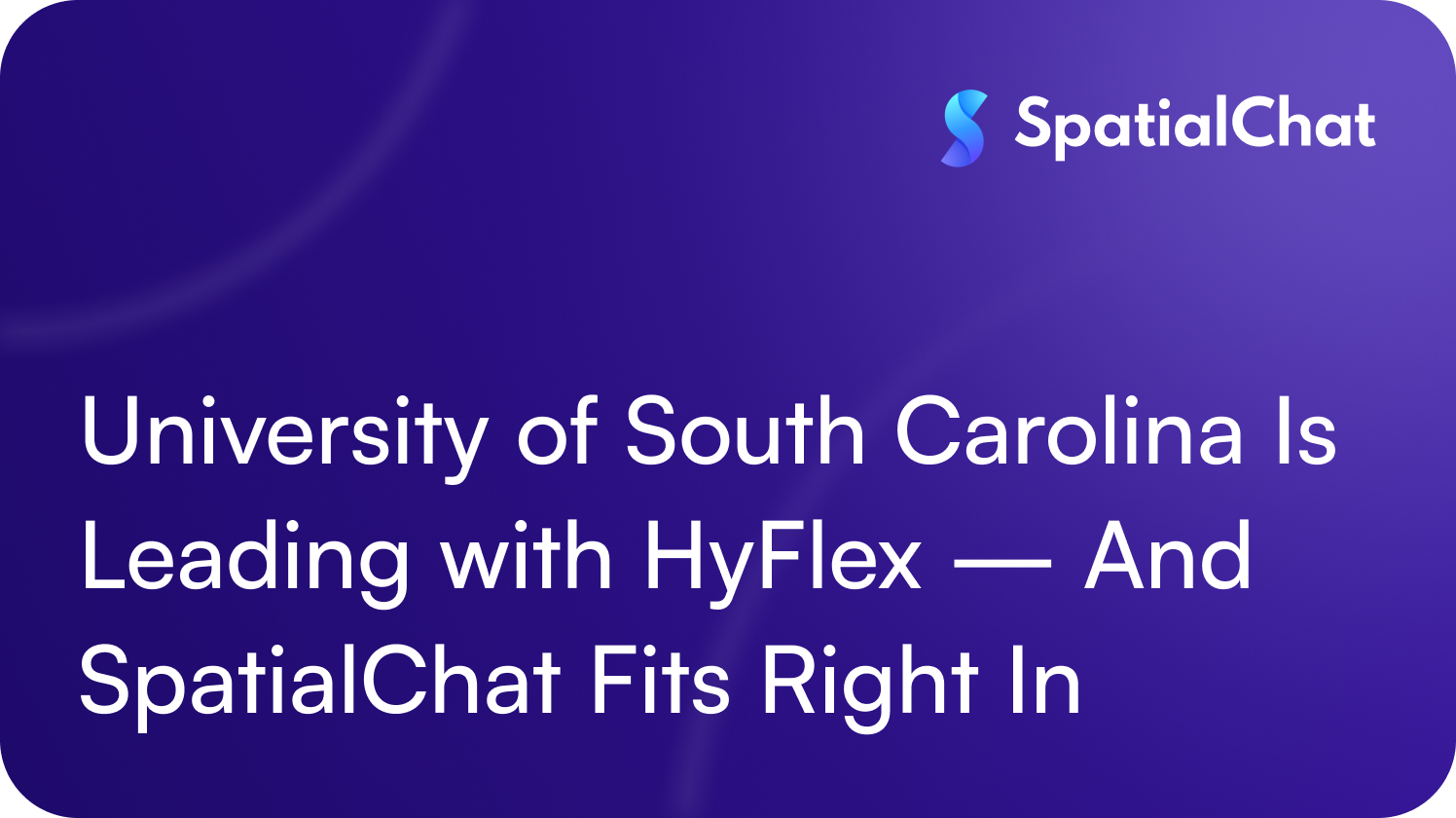As universities look for smarter ways to deliver learning in a rapidly evolving world, HyFlex education is gaining powerful momentum. The University of South Carolina (UofSC), a major public research university, has joined the growing list of institutions that see HyFlex not just as a response to disruption, but as a long-term, student-first strategy.
HyFlex: A Model Built for the Moment—and Beyond
In a detailed feature published by UofSC’s Center for Teaching Excellence, the university outlines its support for the Hybrid-Flexible (HyFlex) model, a teaching format that gives students the option to attend classes:
- In person,
- Online in real time, or
- Asynchronously at their own convenience.
The beauty of this model? It puts student needs first, removes rigid attendance barriers, and offers learning continuity even when life gets unpredictable. UofSC’s instructional design team even released a practical guide to help faculty implement this model effectively, with a strong focus on equity, active learning, and seamless transitions between modalities.
But as many educators quickly learn, the biggest challenge isn’t just what to teach in a HyFlex format, it’s how to deliver it well.
The Technology Gap in HyFlex
HyFlex isn’t as simple as flipping on a camera during a lecture. To do it right, instructors need a platform that supports:
- Real-time collaboration between in-person and remote students,
- Flexible access to asynchronous materials,
- Persistent spaces for breakout sessions and peer interaction, and
- A shared sense of presence that mimics the energy of the classroom.
This is where many traditional video conferencing tools fall short. Static screens and clunky interfaces can make remote learners feel like passive observers rather than active participants.
Why SpatialChat Is Built for HyFlex
At SpatialChat, we understand what HyFlex demands, because our platform is built around presence, flexibility, and human connection.
Here’s how SpatialChat supercharges the HyFlex experience:
- Spatial audio and movement let students navigate virtual rooms, gather in small groups, and “walk up” to a conversation, just like in a physical classroom.
- Persistent spaces mean breakout rooms, discussion areas, and collaborative zones stay available across sessions, allowing asynchronous learners to engage meaningfully at their own pace.
- Instructor control tools let faculty guide discussions, share media, and manage hybrid classrooms intuitively, without needing a tech crew on standby.
- Scalable integration makes it easy to plug SpatialChat into your LMS, stream via OBS, or combine it with tools like Kahoot for real-time engagement.
Whether your learners are across the room or across the world, SpatialChat makes every student feel seen, heard, and involved.
The Future Is HyFlex. Are You Ready?
The University of South Carolina’s commitment to HyFlex learning shows that this model isn’t a temporary fix. It’s a future-forward approach that meets today’s learners where they are. But implementing HyFlex isn’t just about policy. It’s also about platforms that bring the experience to life.
If your institution is exploring or expanding HyFlex, don’t settle for rigid tools that limit interaction. Choose a platform designed to mimic presence, foster engagement, and scale with your needs.
